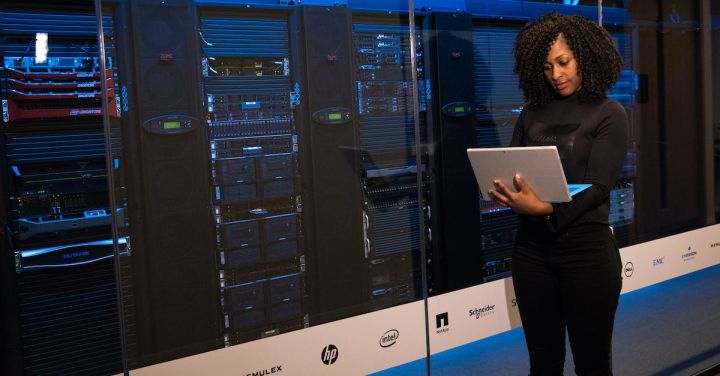What Are the Latest Trends in Virtual Desktop Infrastructure?
Virtual desktop infrastructure (VDI) has become increasingly popular in recent years as more organizations recognize the benefits of virtualizing their desktop environments. With the advancements in technology and the ever-changing needs of businesses, there are several emerging trends in VDI that are worth exploring. In this article, we will delve into the latest trends in virtual desktop infrastructure and how they are shaping the future of the workplace.
Enhanced User Experience
One of the primary goals of VDI is to provide users with a seamless and high-quality desktop experience. To achieve this, there has been a shift towards enhancing the user experience through the use of technologies such as GPU acceleration and improved multimedia support. By leveraging these technologies, VDI solutions can deliver a more responsive and visually appealing desktop environment, making it feel as if the user is working on a traditional physical desktop.
Mobile and BYOD Support
With the rise of mobile devices and the bring-your-own-device (BYOD) trend, organizations are increasingly looking for ways to enable employees to access their virtual desktops from any device, at any time. As a result, VDI solutions are now designed to support a wide range of devices, including smartphones and tablets, without compromising security or performance. This allows employees to be more productive and work from anywhere, while still maintaining the data integrity and control required by the organization.
Cloud-based VDI
The adoption of cloud computing has had a significant impact on VDI. Cloud-based VDI solutions offer organizations the flexibility and scalability they need to meet the demands of a rapidly changing business environment. With cloud-based VDI, organizations can easily scale their virtual desktop infrastructure up or down based on their needs, without the need for expensive hardware investments. Additionally, cloud-based VDI eliminates the need for organizations to manage and maintain their own infrastructure, reducing costs and simplifying IT management.
Security and Compliance
As cyber threats continue to evolve, ensuring the security and compliance of virtual desktop infrastructure has become a top priority for organizations. VDI solutions are now incorporating advanced security features such as encryption, multi-factor authentication, and granular access controls to protect sensitive data and prevent unauthorized access. Furthermore, VDI can help organizations achieve compliance with industry regulations by providing centralized control and monitoring of desktop environments, making it easier to enforce security policies and track user activity.
Artificial Intelligence and Automation
Artificial intelligence (AI) and automation are revolutionizing various aspects of technology, and VDI is no exception. AI-powered VDI solutions can analyze user behavior and usage patterns to optimize performance and resource allocation automatically. By leveraging AI and automation, organizations can improve the efficiency of their virtual desktop infrastructure, reduce costs, and enhance the overall user experience.
The Future of VDI
The trends discussed above are just a glimpse into the future of virtual desktop infrastructure. As technology continues to evolve, we can expect to see further advancements in areas such as machine learning, augmented reality, and edge computing, which will further enhance the capabilities and benefits of VDI.
In conclusion, virtual desktop infrastructure is constantly evolving to meet the changing needs of businesses and the advancements in technology. The latest trends in VDI, such as enhanced user experience, mobile and BYOD support, cloud-based solutions, security and compliance enhancements, and the integration of AI and automation, are shaping the future of the workplace. By embracing these trends, organizations can improve productivity, reduce costs, and provide a more flexible and secure desktop environment for their employees.






